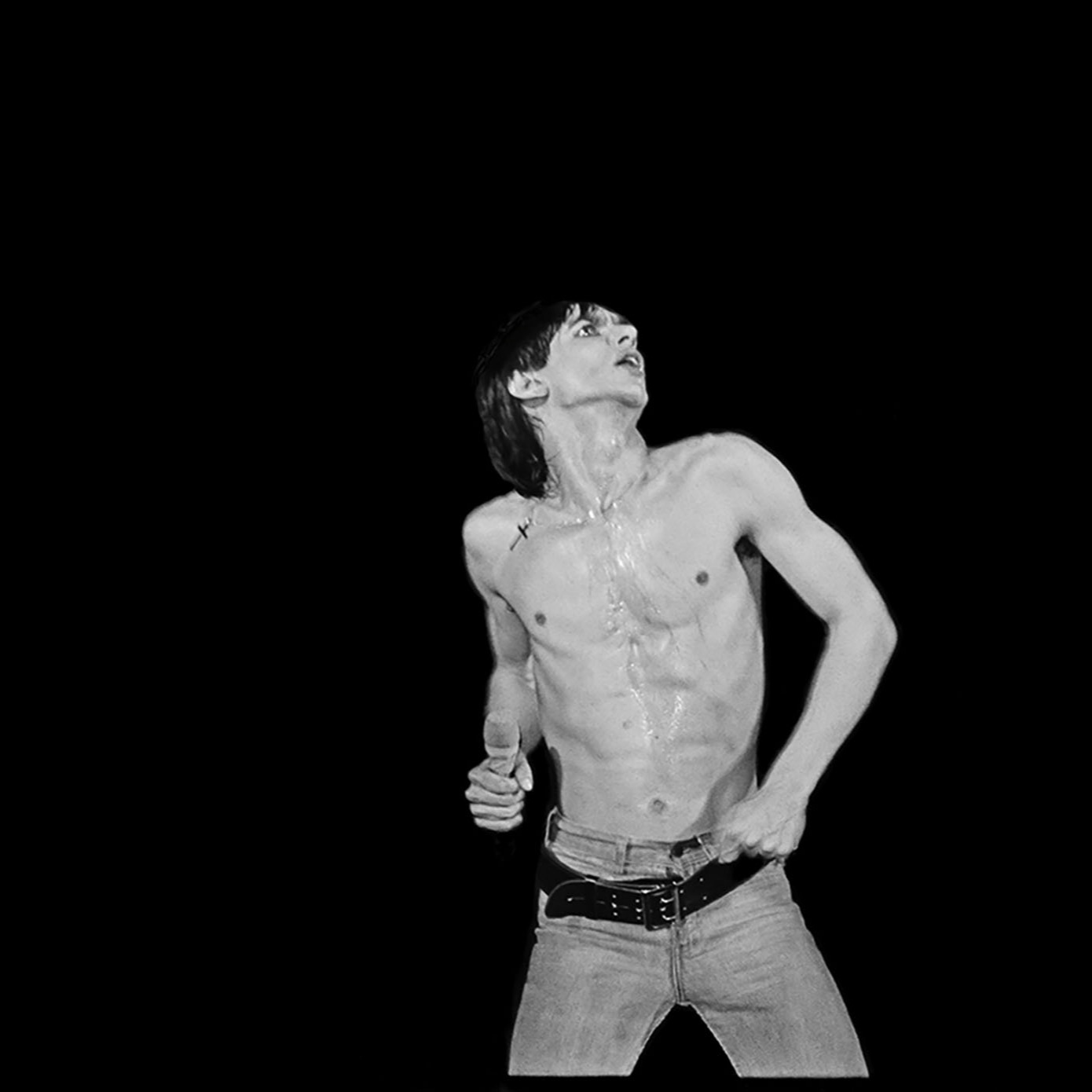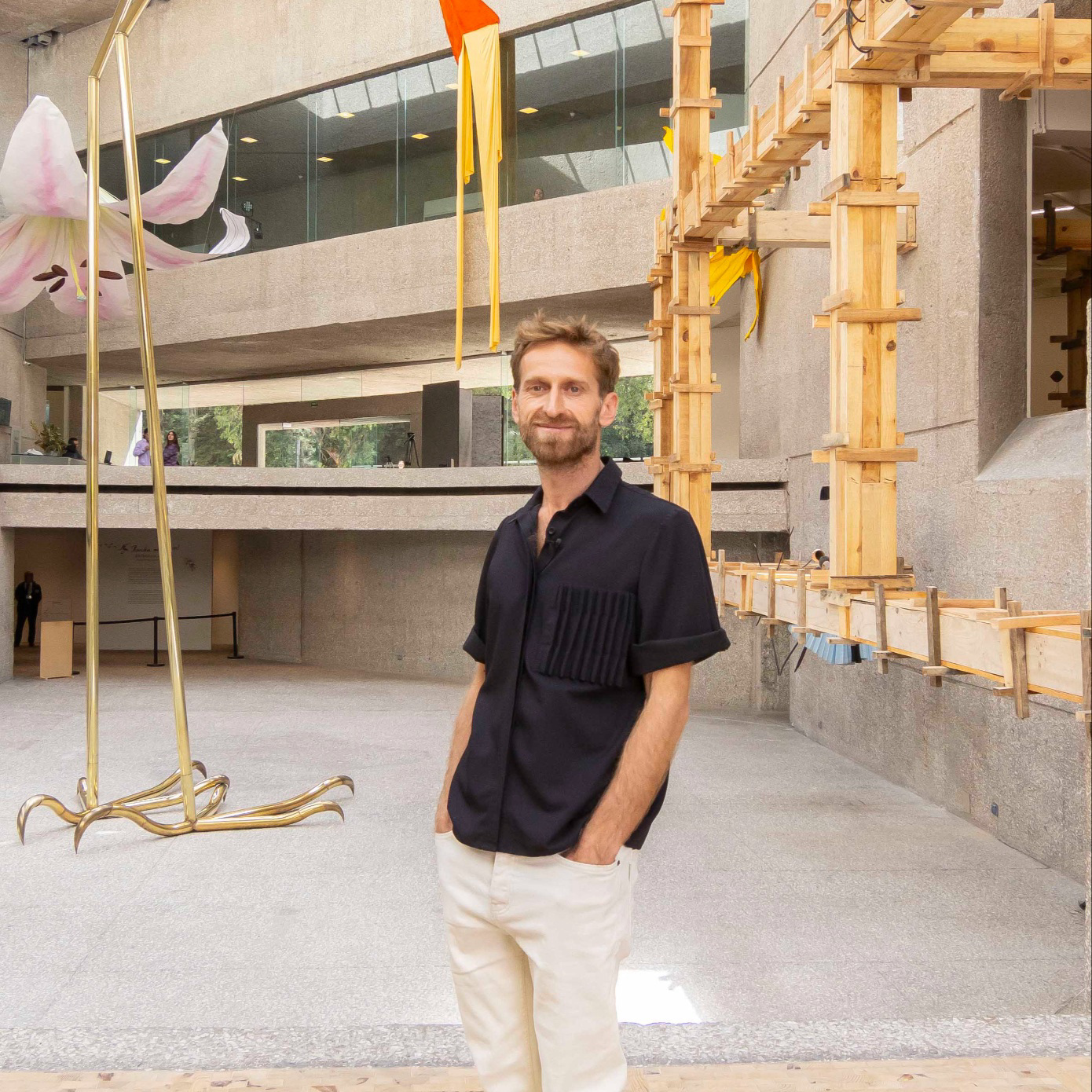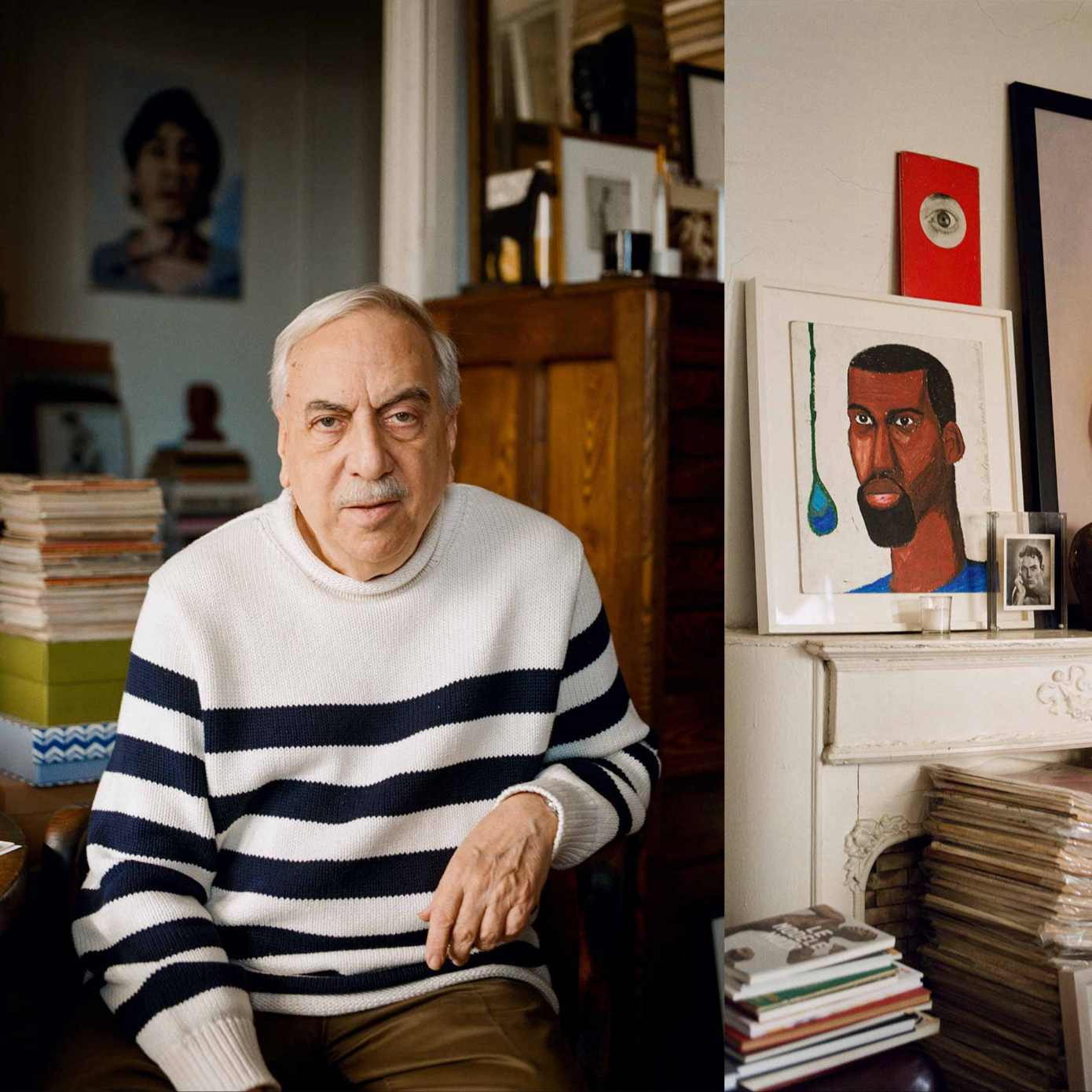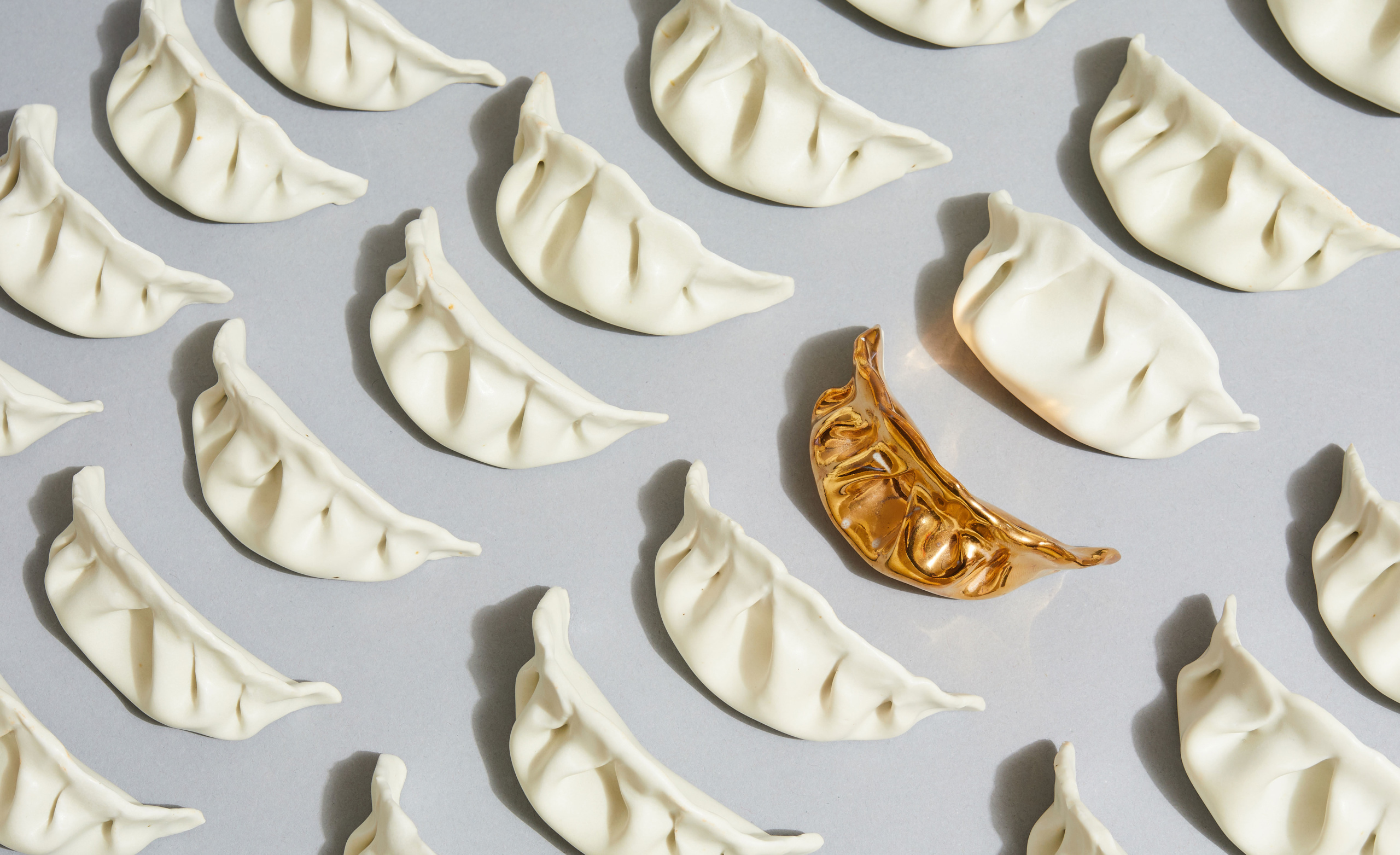
On the forty-eighth day of New York City’s quarantine, just before sundown, I met with ceramic artist Stephanie H. Shih on Zoom. Shih tells me that she keeps “raccoon hours,” working through the night until 7AM. Pretty soon my day would wind down, but hers was just getting started. Shih’s Asian-American ceramic sculptures—intricately-decorated bags of Botan rice, containers of chili oil, countless brands of soy sauce and over a thousand porcelain dumplings—evoke notions of time in the form of diasporic nostalgia, as she refers to it. This immortalized pantry is a well-stocked space of emotionally-charged memories that recount the experience of growing up as a child of immigrant parents who moved to the US from Taiwan in the 1980s. “I look backwards more than I look forwards,” she tells me. Like any memory, it’s the passing of time that creates the charge. This interview has been edited and condensed.
Jory Shareff: There is a community aspect to your work—that’s a unique thing for a ceramic artist. Usually it’s a solitary activity. I really enjoy the polling that you do on your Instagram as a way to generate ideas about which objects to make next.
Stephanie Shih: I know for a lot of artists, there is a certain aesthetic they want to pursue, and they don’t want audience feedback. They want to make their work and put it out into the world. But for me, I’m very interested in that active dialogue and it’s hugely central to my practice.
JS: I can see how this would have a lot to do with exploring your own ways of remembering.
SHS: Yes. People in the Asian-American diaspora are obviously not at home in Asia. That’s not where we grew up. Often, Asian-Americans don’t speak perfect Mandarin, or Japanese, or Korean and so forth. We are at home in America, but we will always be othered here too. Our culture will never be the mainstream culture. For this reason, we don’t really have a physical homeland. There isn’t a place where we can go and feel like, there is where I belong. I like to think of Asian-America as more of an emotional place that exists in our conversations and in our shared memories. To me, that is why nostalgia and memory are so hard to separate from community.
JS: Porcelain itself is so fetishized by white potters. Your practice of using this material to make these objects, dumplings especially, seems to confront this idea directly.
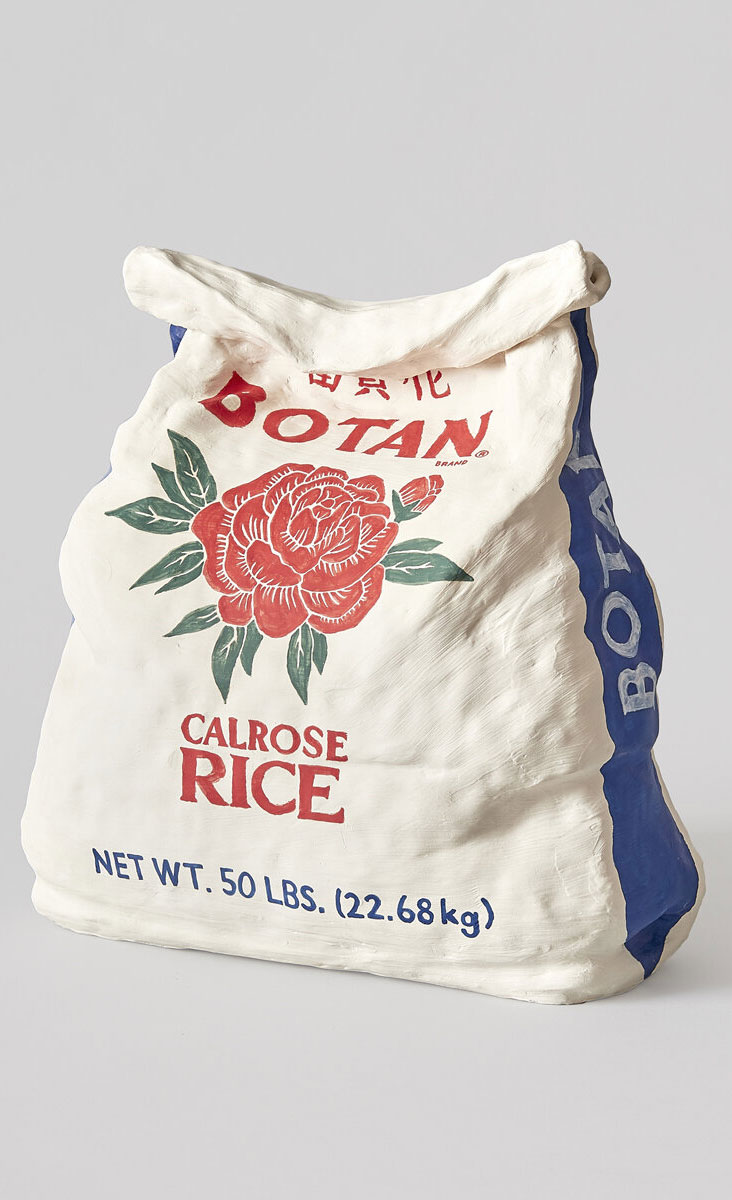
SHS: What’s ironic is that when I started the dumplings, I didn’t think of it too seriously. I was in a creative slump. I thought, You know what will really sell? Porcelain dumplings. White people will love to buy porcelain dumplings [laughs]. It was a way to make money from the way non-Asian people fetishize dumplings as this token of Chinese cuisine. But the project became what it did because the Asian viewers responded so strongly, and I started doing the groceries in reaction to the feedback I received. There were a lot of non-Asian people who didn’t mean any harm, but they made jokes about the dumplings that were really just uncomfortable. I heard things like, “You should sell them in Chinese take-out containers, or egg roll wrappers, or you should answer your phone, ‘May I take your order?’” Something they kept saying, half-jokingly was, “You should make them look like they’re dipped in soy sauce.” First of all, soy sauce has become a shorthand, or even a trope, for how Chinese food is seen in America. I also wasn’t trying to make realistic food—I was making a sculptural object. I wanted to do something that was a nod to other Chinese folks who would know that the most important dipping sauce was not soy sauce at all. The first grocery I ever made was black vinegar. I wanted to choose an ingredient I felt would be very familiar to the community, while probably being fairly foreign to another.
JS: I love the idea that you’re involved in a private conversation with people who would understand, in an unspoken way, what your work means. Would you be comfortable sharing what it’s been like to develop your voice as an artist in the places where you work and live?
SHS: Ceramics as a craft and an artform has existed on almost every continent, in every culture; this is something that all peoples have. Especially in Asia, there is a long tradition of pottery still being practiced today. What I see a lot in Brooklyn are white-identified people making historically Asian forms. It’s not that I don’t want them to, or that I think they’re not allowed to, but it made me ask: Why? Why are you making this, as opposed to a Greek amphora? What is it about Asian ceramics that is so enticing to white potters? What does it mean to them, if anything? Something that’s really common with beginner potters, but also with a lot of people who are making table wares, is sake sets. I just wonder, do you even make sake at home [laughs]? Another big trend is the Korean moon jar.
JS: Absolutely everywhere.
SHS: It really made me wonder: What does this mean to you? I started thinking about what it would look like if an Asian person explored the history of Asian pottery. My first big series was a bunch of vessels based on forms from imperial China: a phoenix tail vase, a bull head vase, conjoined vases—all of this. It’s interesting because now, looking back, I actually feel the same way about that as I do about white people making sake cups. Because, what did that mean to me? Yes, it’s from my culture, but I actually don’t know how connected I am with that history. I was making these forms from my cultural history, but I actually had no personal connection with them. I didn’t realize this until very recently. After that project, I still wanted to bridge this gap between my identity and my art. There was this hole there, and food has always been really important to me. One day I thought—let me try to fold some dumplings. Six dumplings turned into twelve, turned into twenty-four, and now I’m well over 1,000 dumplings. The grocery project was born out of that. Even though I didn’t set out to do this, my art practice has really been reactive to how Asian viewers of my work have responded. I feel like there is very much a dialogue. The project is what it is today because of all the stories and reactions that people have shared with me.
JS: Pre-lockdown, I taught an eight-week beginner class, which was mostly throwing. I got a lot of graphic designers…
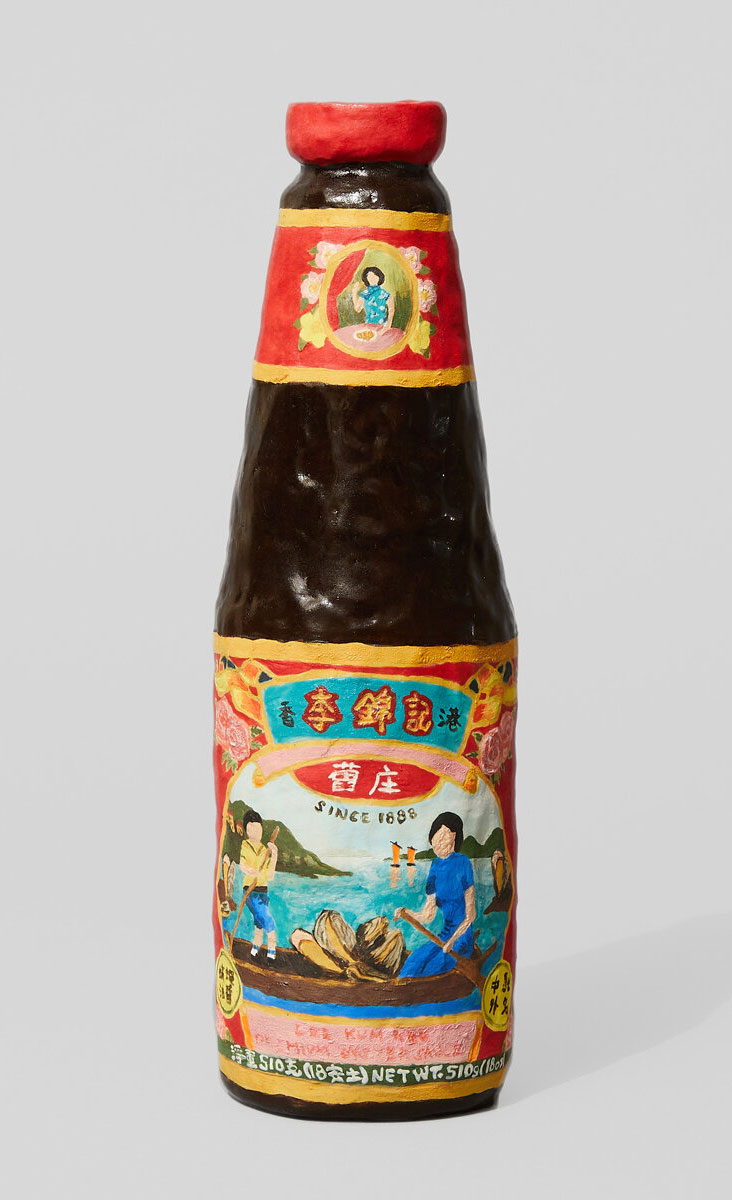
SHS: I know exactly what you’re going to say [laughs].
JS: …who are so meticulous. Of course, this is a great thing on its own. They desire to work in 3-D because they spend so much time working on a screen. But then they get to the wheel and this idea of perfectionism and symmetry is just so alluring. Even though I’ve been throwing for twelve years at this point, the thing that pleases me most in my own work is when something is a little askew. This is a hard thing to explain to my students who are just starting out and finding their voice.
SHS: I think what it is—well, it’s a few things. For one, it’s the design trend of our current time.
JS: Everything looks the same!
SHS: Everything. I think there is also the idea that this is what is sophisticated. Or, this is what I like because I have good taste. I’ve seen so many people come into the studio with this being their idea of what they want to make. Again, I just return to the question of why.
JS: The taste thing is very coded.
SHS: Yes! Definitely.
JS: The thing that I think is missing from beginner classes is context—it’s all practice without context. People generally don’t sign up for a ceramics class to discuss or unpack the historical context of objects. I think this would actually help inform people’s practices.
SHS: Right. They are seeing and replicating what’s popular. Perhaps it’s this idea of wanting your house to look pristine. In a beginner class, or at a community studio, it’s very hard to unpack what these objects tell us about who can afford them or what they signal.
JS: You aren’t a production potter, but you do hand-build objects that are often in a series. I know you’ve been making soy sauce sculptures in great volume for what was supposed to be a solo show, until the quarantine happened. Can you tell me more about what drew you to soy sauce specifically?
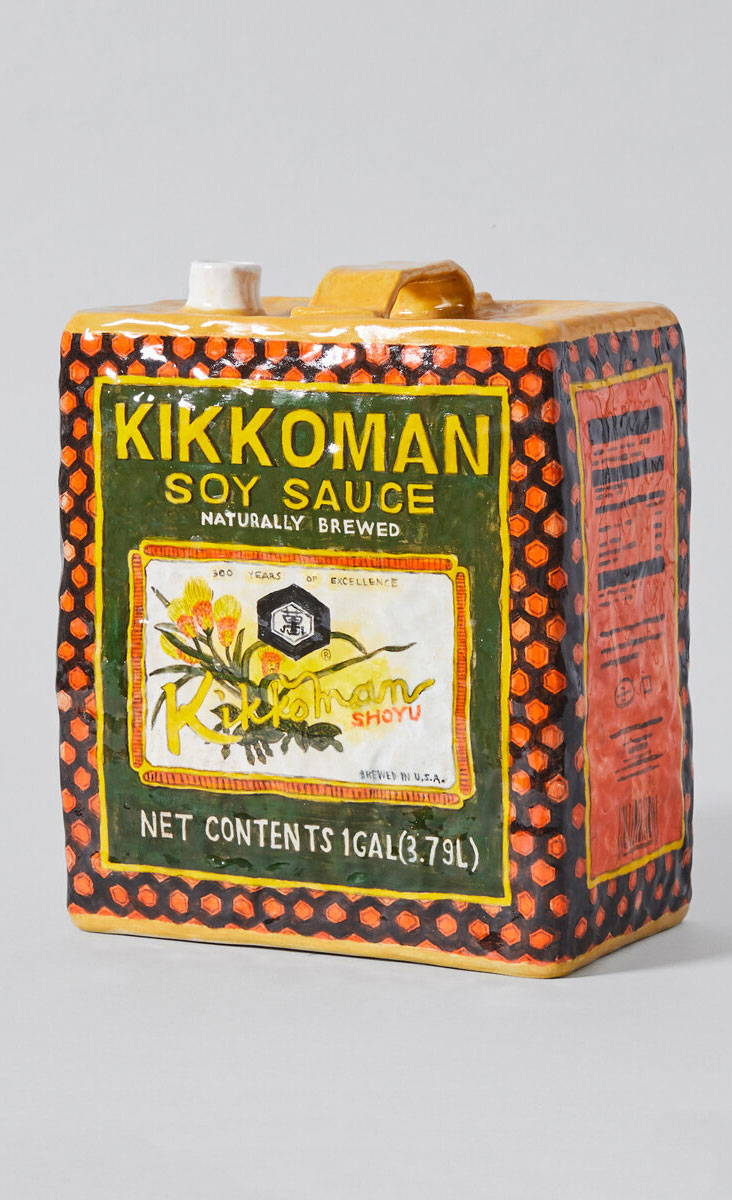
SHS: I was talking to this Vietnamese-American restaurant critic and they said, “It’s almost like you’re working up the courage to make soy sauce, because you know that if you make it you’ll be inviting a lot of these micro-aggressions and problematic comments.” That really resonated with me. I hadn’t thought of it that way, and I think they were right. It took me a long time before I ever made my first soy sauce, and when I did, I made it as a giant gallon tin. I wanted it to be familiar, but not something that most white people would have in their pantries. When I crowd-source about groceries through Instagram polls, the question is usually something like, “What’s the brand that you prefer?” I want to make sure that I’m representing all the different people within the diaspora. Typically, all the answers coalesce around one or two brands. For sesame oil, it’s always Kadoya. For oyster sauce, it’s always Lee Kum Kee. But soy sauce was the poll I got the most varied responses for. There is such a huge breadth of brands. There were so many types of soy sauce mentioned that I’d never heard of. For example, in Southeast Asia—in Malaysia or Indonesia—they use a type of sweet, thick soy sauce called Kecap Manis. Once I learned of the huge diversity of soy sauces, I knew that it was notable. Our brand loyalty to the soy sauces was very different from the other ingredients. I want the project to represent that diversity.
JS: In thinking about what drives you to return to the studio, it reminds me that I’ve been drawn to making the same bowl shape for maybe ten years.
SHS: I like that!
JS: It’s the one thing that I really enjoy making. Are there any shapes or objects that you return to, time and time again?
SHS: That’s an interesting question. I wouldn’t say there are forms, but I do think there are concepts I come back to. I don’t make very much functional work and I’m really a baby about having to paint the same thing twice—I hate to do it [laughs]. I think that no matter what happens with a project—no matter how long it goes on for—identity will always be central to my body of work, because it’s central to my life. It’s the thing I think about all the time.

